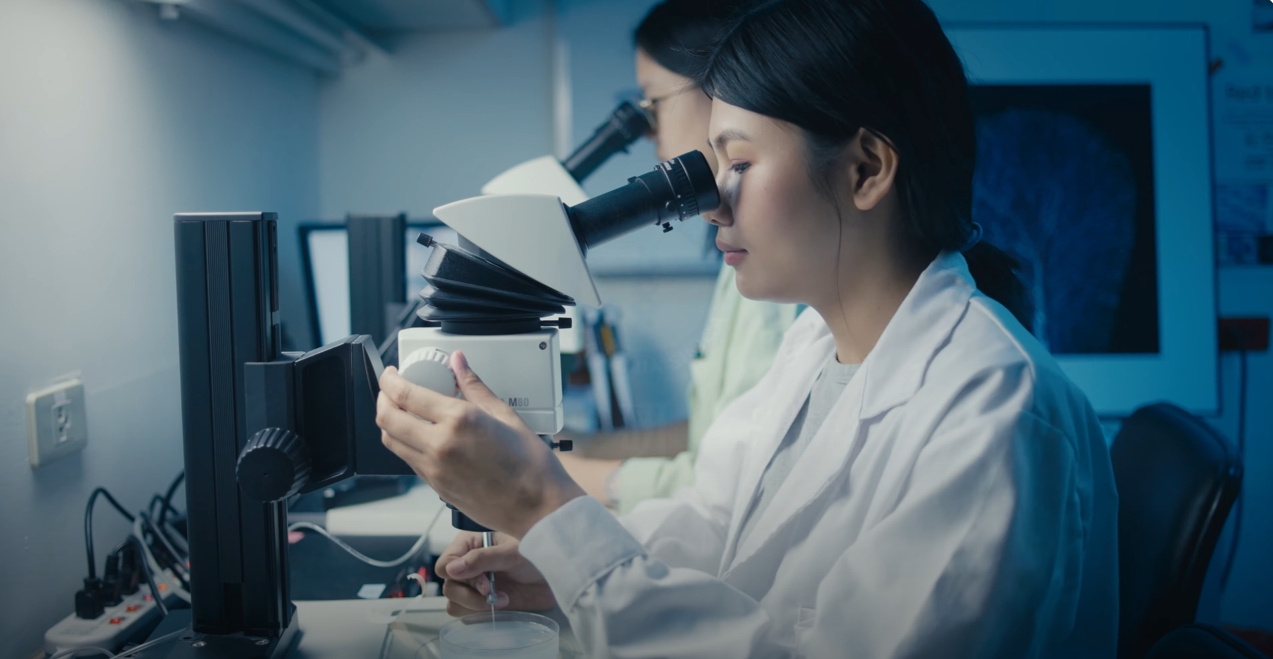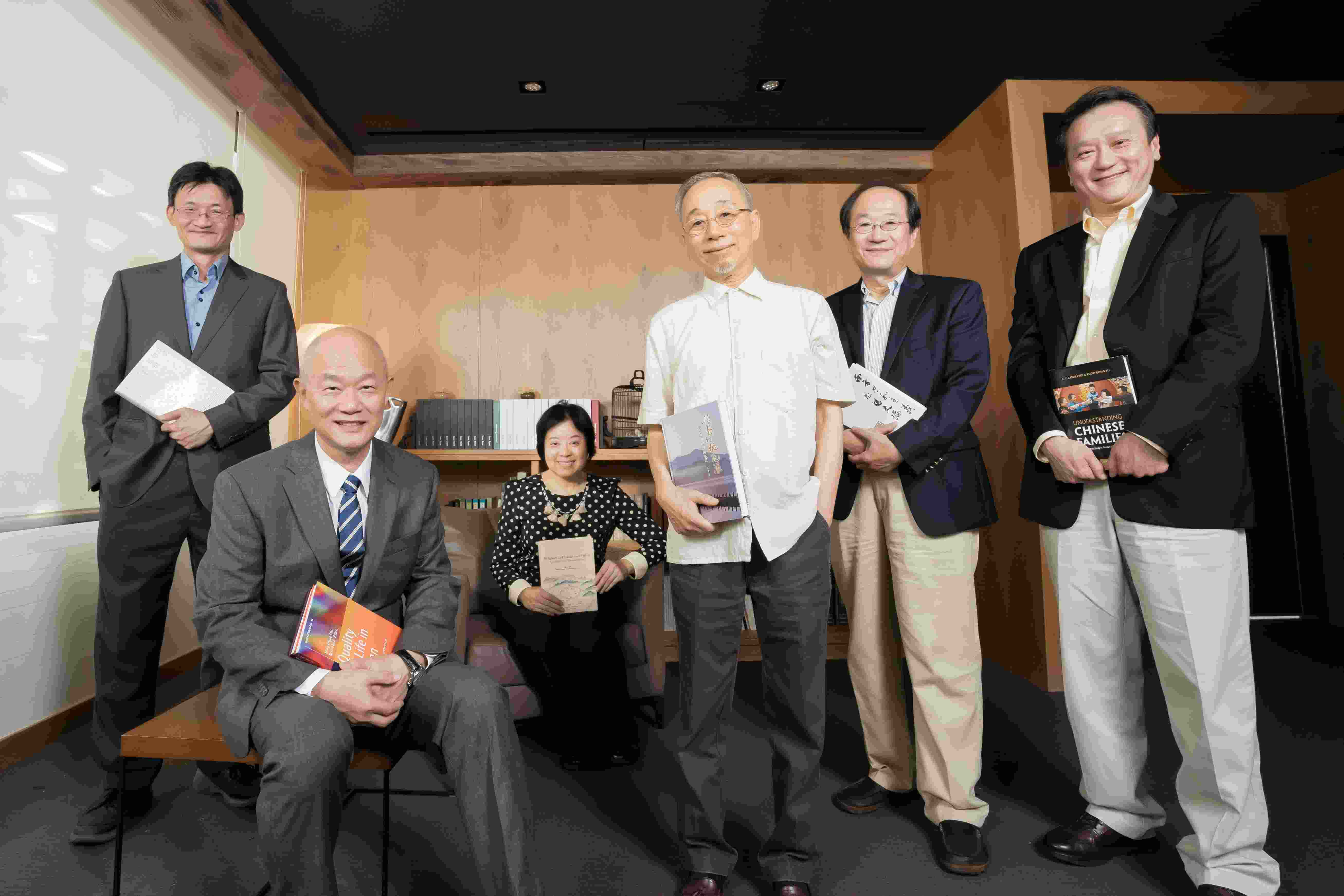Date: 2025-11-28
Researchers at Academia Sinica have combined whole-brain imaging with artificial intelligence (AI) to shed new light on how autism affects the brain. The team led by Distinguished Research Fellow Yi-Ping Hsueh from the Institute of Molecular Biology and Associate Research Fellow Chien-Yao Wang from the Institute of Information Science developed an innovative platform called BM-auto (Brain Mapping with Auto-ROI correction). Using this system, they revealed widespread abnormalities in brain circuits in autism model mice and identified the key role of the olfactory cortex in autism-related behaviors.
Autism spectrum disorder (ASD) arises from abnormal brain development involving a complex interplay of genetic factors, environmental influences, and sex differences. Although abnormal neural circuitry is a hallmark of autism, analyzing how these changes occur across the entire brain has remained a major challenge. To uncover shared circuit abnormalities underlying autism, researchers need fast, precise, and comprehensive tools for whole-brain analysis.
To address this, Dr. Hsueh’s team spent seven years building a full analytical pipeline—from mouse brain sample preparation to whole-brain fluorescence imaging and quantification. Their approach, combined with specialized fluorescent labeling, allows detailed visualization of axon projections and neuronal activity throughout the mouse brain. Using this system, the team previously published a whole-brain connectivity study of the amygdala.
To make their analysis even faster and more accurate, Dr. Wang’s team applied AI deep learning to build an automated region-of-interest (ROI) correction system, trained on ground truth data collected by Dr. Hsueh’s laboratory over five years. This system can accurately identify and quantify more than 500 brain regions per hemisphere of the mouse brain, enabling large-scale, high-resolution, and high-speed analyses. Using this powerful platform, the researchers examined three different autism mouse models, comparing their brain connectivity patterns with the Allen Brain Institute’s mouse connectome database to predict brain-wide connection abnormalities.
The analysis revealed that several sensory cortical regions—particularly the olfactory cortex (piriform cortex)—were highly sensitive to autism-associated genetic mutations. In all three autism mouse models, Thy1-YFP–labeled projection neurons in the olfactory cortex were markedly reduced. Behavioral tests further showed that these mice exhibited olfactory deficits: while they could detect odors, they were unable to distinguish between them. Moreover, when neuronal activity in the olfactory cortex was suppressed using chemogenetics, normal mice displayed reduced social behaviors, underscoring a functional link between olfaction and social interaction.
Further analysis revealed weakened functional connectivity between the olfactory cortex and other brain regions in autism model mice. When exposed to odor stimulation, their overall brain activity—including that of the olfactory cortex—was significantly lower than in wild-type mice. These results suggest that olfactory cortex dysfunction in autism mouse models not only disrupts smell perception but also impairs brain-wide network coordination, contributing to autism-related behavioral deficits.
This groundbreaking work highlights the central role of the olfactory cortex in autism, opening new directions for understanding how sensory processing shapes social behavior and brain function in the disorder.
Key contributors to this study include the first author, Dr. Tsan-Ting Hsu, Senior Research Scientist at the Institute of Molecular Biology, and the co-second authors, including Chih-Ping Chen, Research Assistant at the Institute of Information Science, Ming-Hui Lin and Tzu-En Hung, Ph.D. students in the Taiwan International Graduate Program in Molecular Biology, and Dr. Tzyy-Nan Huang, Senior Research Scientist at the Institute of Molecular Biology.
This research was supported by the National Science and Technology Council (NSTC) Frontier Research Program, as well as the Academia Sinica Investigator Award and Thematic Research Programs.
-
Link









 Home
Home

